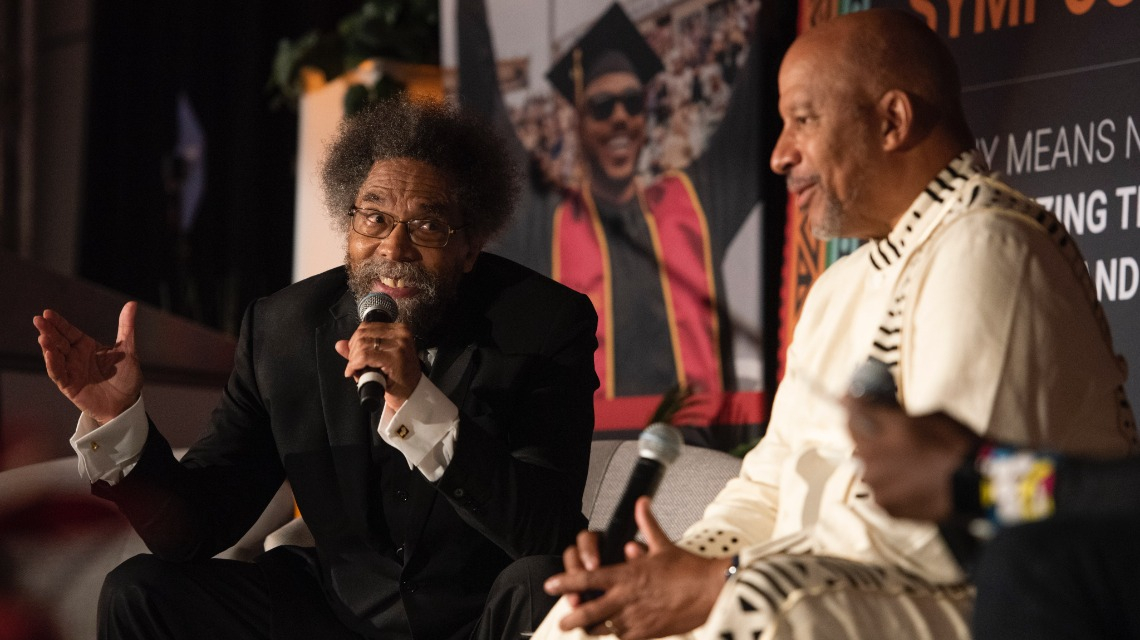Juneteenth
-

Faculty Highlights: May-June 2021
Our faculty members participate in conferences around the world, conduct groundbreaking research, and publish books and journal papers that contribute…

Dr. Cornell West and CSUDH President Thomas Parham Source: LAist This story also had a radio segment on KPCC. On…

Our faculty members participate in conferences around the world, conduct groundbreaking research, and publish books and journal papers that contribute…